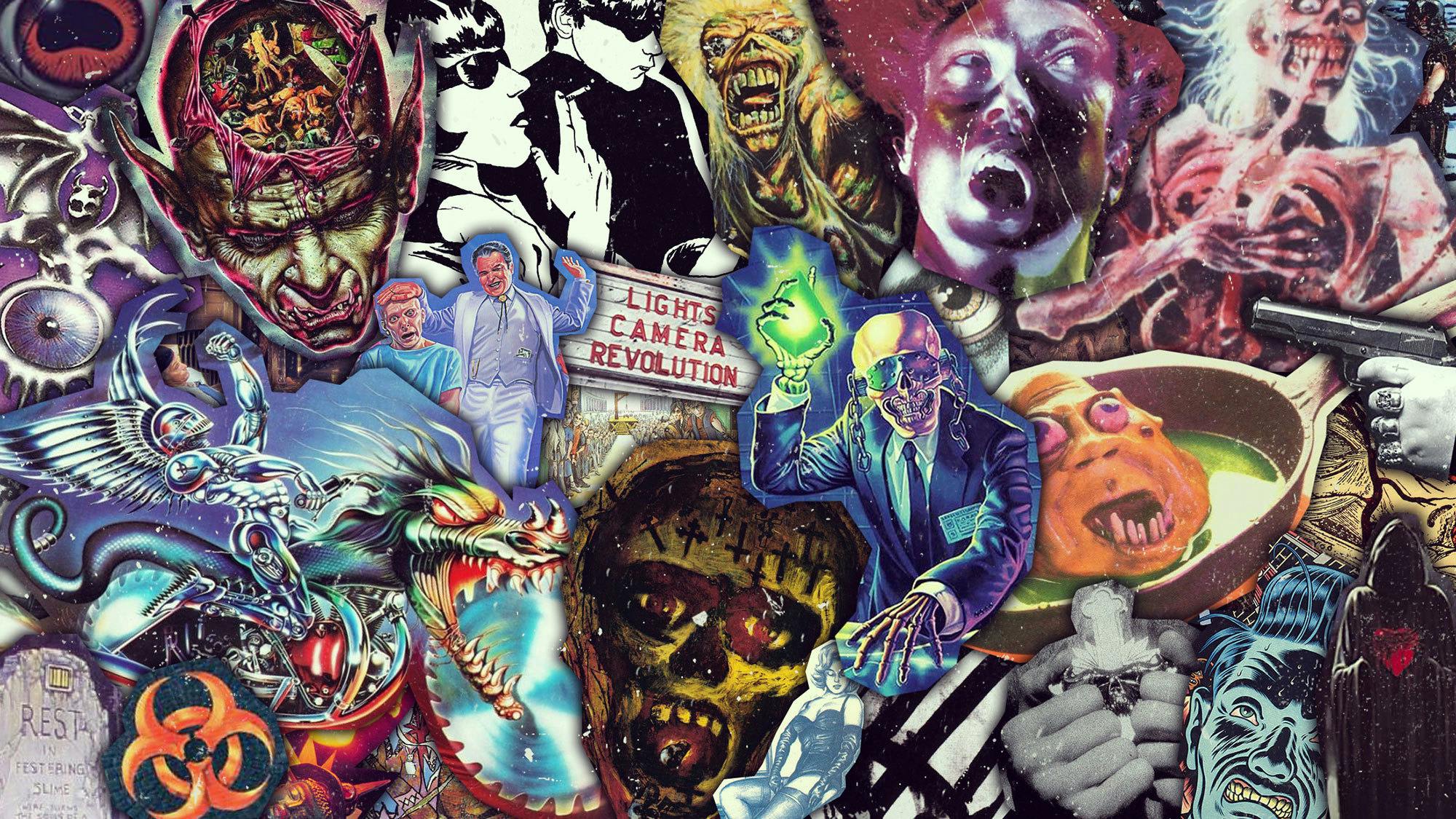The dawn of the 1990s marked a changing of the guard in rock music. The colourful luridity of the 1980s – all voluminous hair metal, gob-flecked punk and OTT thrash ridiculousness – was fading, with the drier, more ironic outlook and muted tones of grunge and alt.rock beginning to take its place. That period of transition was bountiful for fans of heavy music, however, with the tension between stalwarts of the previous decade reaching their creative peak and a ravenous new breed scrabbling for their moment in the spotlight sparking invention and inspiration.
Memories of a time when artists were routinely cranking out a new LP every 12 months, music was traded hand-to-hand on tape, and where fresh discoveries were made by word of mouth, on the crackling radio-waves or in the pages of Kerrang! magazine are weighted by equal parts nostalgia and wonder. Even still, it’s astonishing how many of the releases on this list have indelibly shaped the scene we inhabit today…
